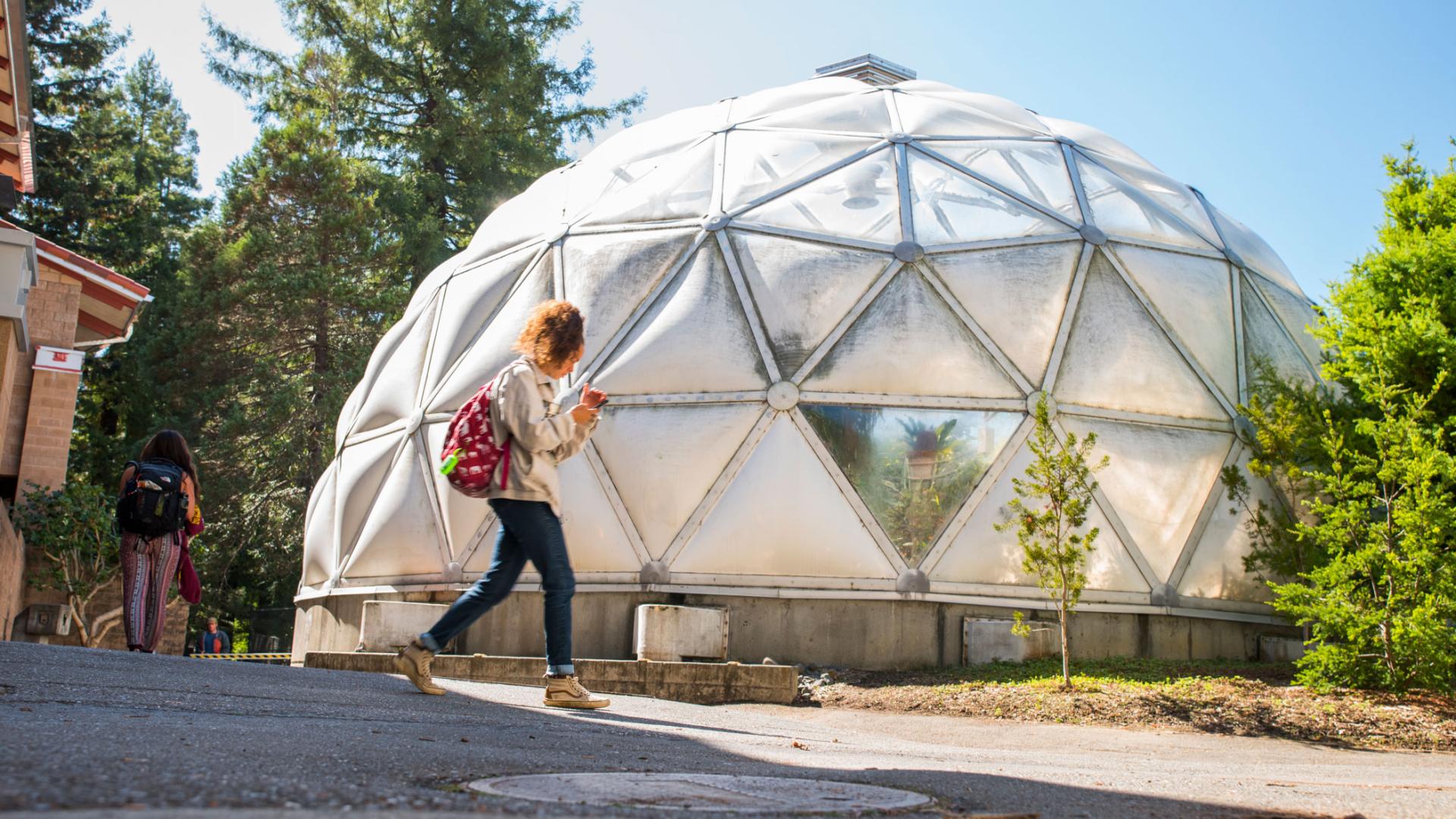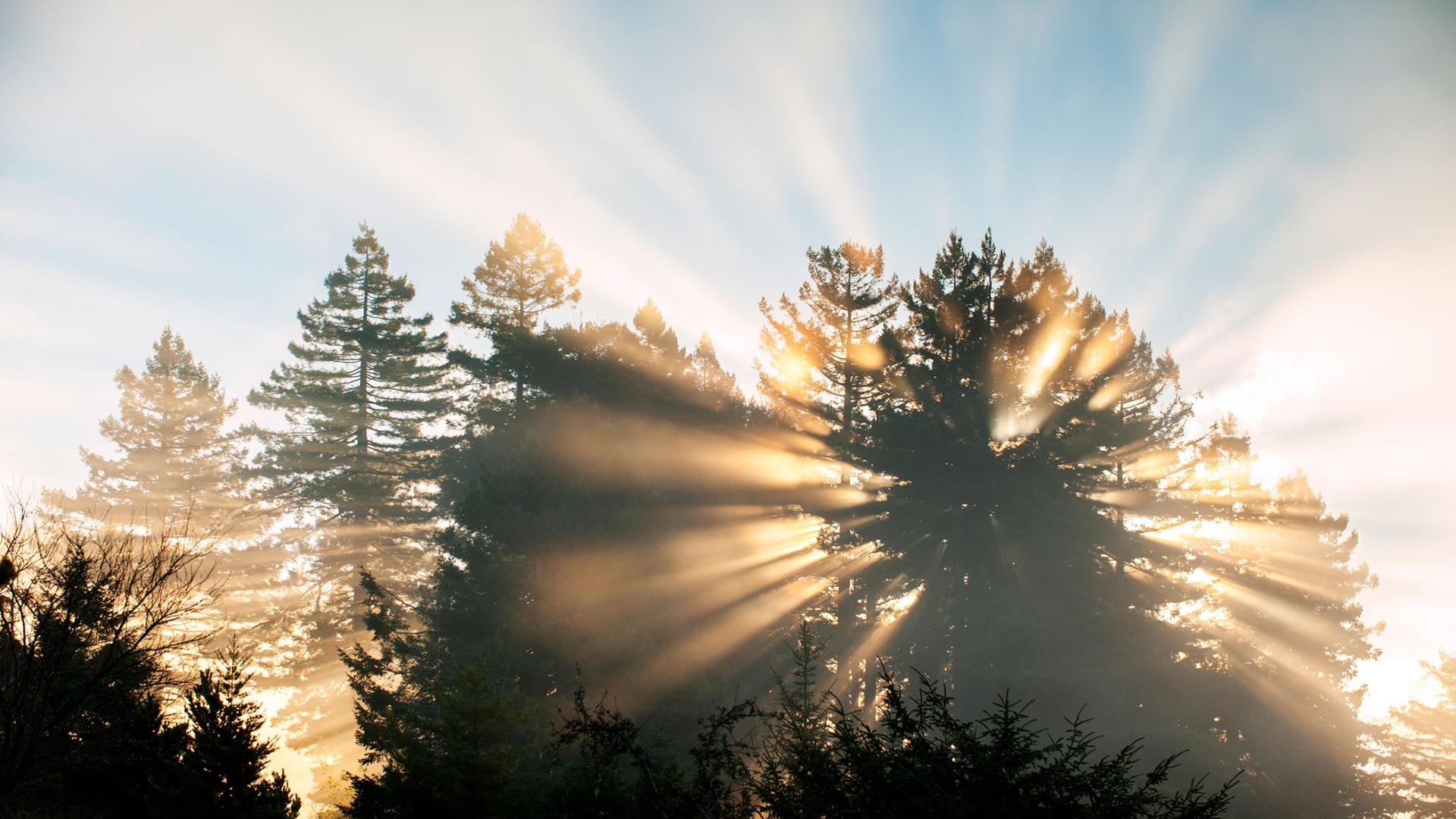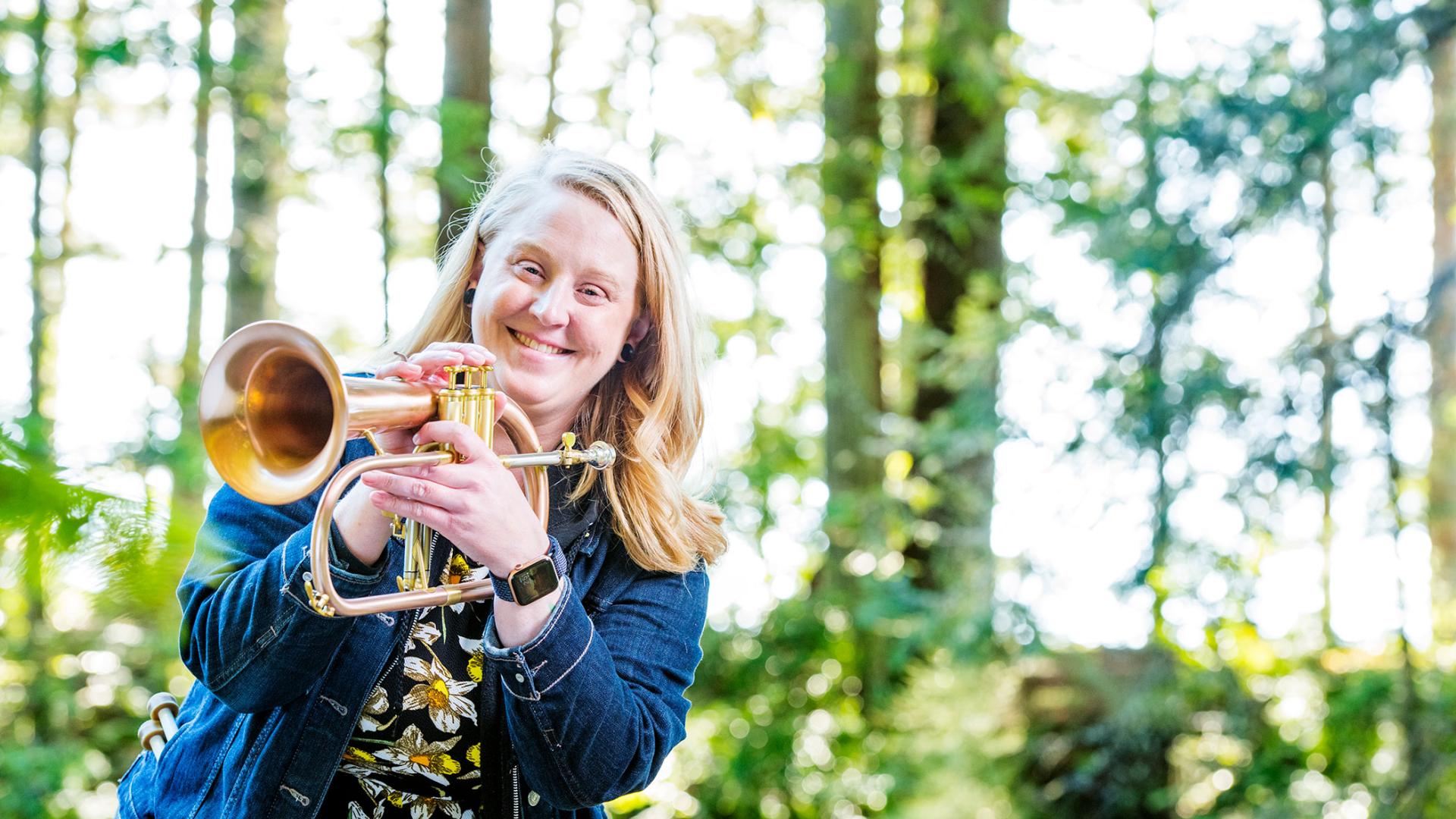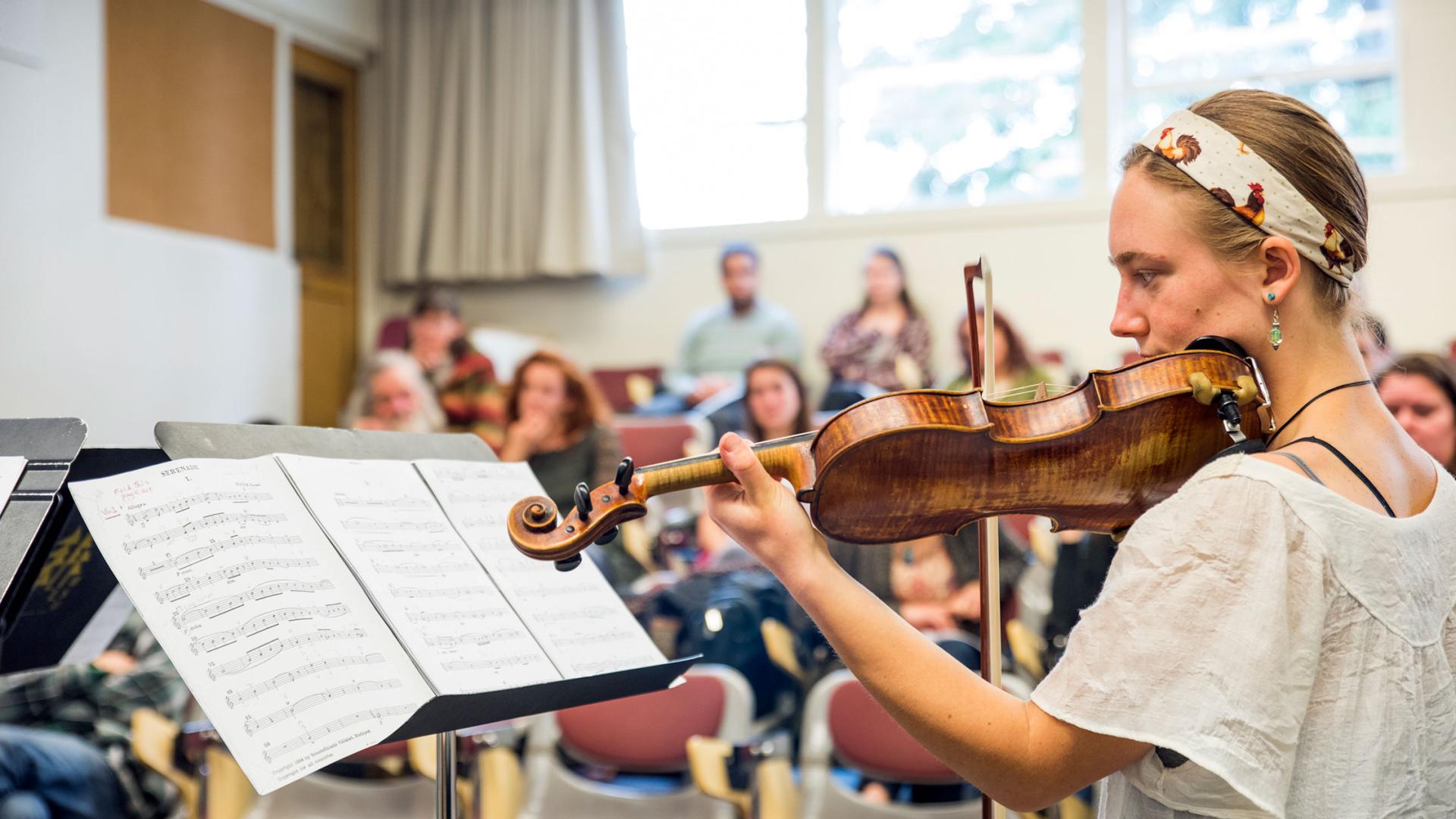Breadcrumb
Third Street Gallery archive: 2008 Exhibitions: Gordon Senior: Tools of Unknown Use and Other Works
Third Street Gallery • -
by Allison Harrington and Nicole Ruiz
Looking above, the sky is shifting and birds are soaring high with a freedom that humans yearn for. Looking below, fragments of earth are peeking through the cracks in the hard cement. Looking ahead, dynamic trees are eclipsed by man’s towering structures; and, looking even further there is the vastness of the landscape we inhabit. Frequently, thoughts of our Earth and our relationship with it occupy Gordon Senior’s mind. His work is embedded with metaphors and myths of nature. Reflecting on humanity’s anthropocentric relationship with the earth, Gordon Senior often conceptualizes the cycles, the fragility, the strength and the magic within our natural world. These days however, his naturalist sensibilities and artistic intent have been disrupted and influenced by the culture shock of his recent move to America.
Gordon Senior grew up Yorkshire, England. His desire to become an artist came about when he was involved in a serious accident as a young boy. During the year of recovery, his main source of release was through painting and art. From that point on he wanted to go an art school. Senior studied art at Leeds College of Art and Wakefield College of Art in England. He attended Leeds College at a time when Harry Thubron, an instructor there, was creating a dynamic change in the way art was taught. Thubron and his colleagues created the first design class at the college, emphasizing a more methodical, analytical way of creating art. Thubron is also credited with bringing Bauhaus ideas of craft and assembly into Leeds. Thubron became a great inspiration to Senior, instructing him to trust his own sensibilities - the way one does things - and to not be afraid to take risks when creating art. Since then Senior has been able to pass those valuable lessons onto his students. Besides his artistic career, he was a Professor of Art at Norwich School of Art and Design in the UK. He came to America five years ago to teach at California State University Stanislaus, where he is currently a professor and Chair of the Art Department.
Senior’s immediate environment is the source of his inspiration as well as the source of materials in his work. More often than not, Senior uses found objects from his surroundings. He prefers to collect rather than buy traditional sculptural materials because he likes to capitalize on the materials and equipment around him. This is why he chose to only bring two small artworks with him when he moved from England to America. He wanted to “see how the move would change the way he thought and made things”.
Hare Fleet is a piece that was inspired by his journey to this new world. Hundreds of fragile tiny hares, made from fired earth, lined up in a boat, gaze ahead not knowing what their future will bring. It’s a scene reminiscent of early European settlers and African slaves when they first arrived on this continent. Senior chose the brown hare, a wild animal native to Europe, to embark on this mission. The brown hare, known for its mystery and seclusion, shown in numbers, reflects the complexity of the human consciousness. The hares can perhaps be interpreted as an extension of Senior himself, a native of Europe, setting off on an adventure into lands unknown; and, even though Senior chose to leave much behind, he is also taking a lot with him.
In his recent follow-up piece, Odyssey, Senior continues to incorporate the hare and the boat metaphor. But this time, Senior uses sycamore for the boat—a tree that lines the street he lives on here in America. And this time, the hares are strong, cast in iron, and they are carrying a boat filled with soil. Could it be that Senior has found his place and direction here in America?
Senior’s move has allowed him to see America through an outsider’s eye while reflecting on his hometown from a distance. To his surprise, Senior found being away from England made his native culture much clearer. His move to America brought into focus what would have otherwise been accepted and unexamined, had he stayed in England. His sentimental view of his country and the culture shock he experienced in moving to America are reflected in his works: Journey, Hand Tools and Towers.
It took Senior two years to function properly here in America and the work, Hand Tools, spun out of that sense of displacement. Hand Tools is a colorful piece and includes a variety of materials, found objects like wire, metal, plastic, string, wood and ready-mades. He plays with dimensionality, displaying these three-dimensional tools the way a two dimensional painting would be displayed flat against the wall. At first glance, these tools seem familiar, but upon closer inspection have no apparent function. Hand Tools, is a work of countless, functionless tools that evokes questions of wonderment, “How do they move?” and “How do they function?” He couldn’t help but have the same feelings and questions about himself while adjusting to this new American culture. The viewer senses that in this new land Senior himself feels like an instrument of unknown function, or perhaps that his purpose has yet to be discovered.
The Towers are a response to his newly found insight on his homeland and its contrast to American culture. The towers resemble versions of the high-rise, a contrast from England’s small architecture. These towers also function as birdhouses. Senior’s first birdhouses were made from found wood and were inspired by England’s history. The idea came from wartime England when the government rented small lots of land for the people to grow vegetables. The people would build small, “allotment style” shacks on the land and these shacks can still be seen today. The towers that the shacks inspired are human height, incorporating materials such as rusted eggs and used cut jeans (the American Tower).
The cycle of death and rebirth is another recurring theme in Senior’s art. Both the crow and the hare have important meanings in many cultures’ mythologies. The crow, seen through the lens of European history, is a symbol of the spiritual, transcendental aspects of death, the journey of the spirit into the afterlife. The hare in Celtic mythology was associated with the dawn, the moon and Easter, themselves metaphors for death, birth and resurrection.
Birds—the migration of birds—the eloquence of nature myths and the Earth’s cycles are also portrayed in his large-scale drawing, Birds in Flight, Version 2. The light fading into the dark, birds emerging and disappearing in and out of the clouds allude to the unrelenting and repeated cycles of life to death and day to night.
In his essay, “The White Bird”, John Berger describes wooden birds, carved by French peasants, which hang in their living rooms above the hearth, during winter. The essay begins with this quaint notion of decoration, and evolves into a discussion of our human tendency to sentimentalize nature, to tame and admire it from a safe distance. In actuality nature makes its own course, it is wild and brutal. This dichotomy between our perception of nature and its harsh reality is apparent in Gordon Senior’s work.
Even when Gordon Senior is thrown off balance by the displacement and culture shock he felt when moving to America, the core of his naturalist sensibilities continue to be seen throughout his work. His pieces quietly prod the viewers to contemplate their place on earth and their relationship with fellow inhabitants – the animals. By elevating these usually overlooked creatures into the realm of “art”, Senior masterfully prods the viewer to consider their equal importance on this earth. He chooses not to spell everything out and prefers the spectator to use imagination to unravel significance and meaning within the work. Gordon Senior fills his work with a wide range of meanings and possibilities for the spectators to engage in. As a spectator, there is no telling what thoughts and feelings his work might induce.





